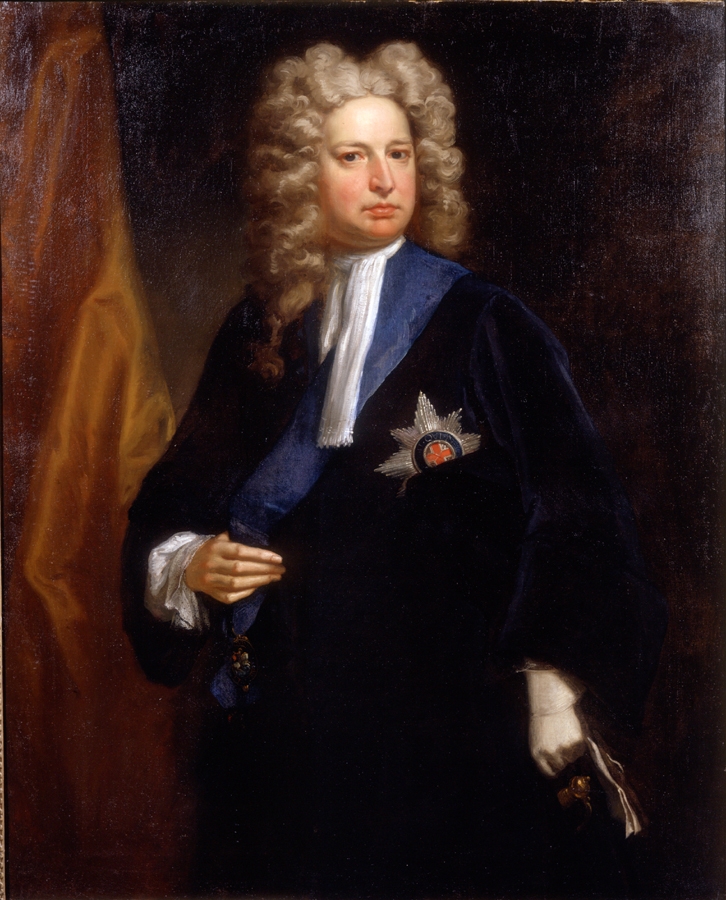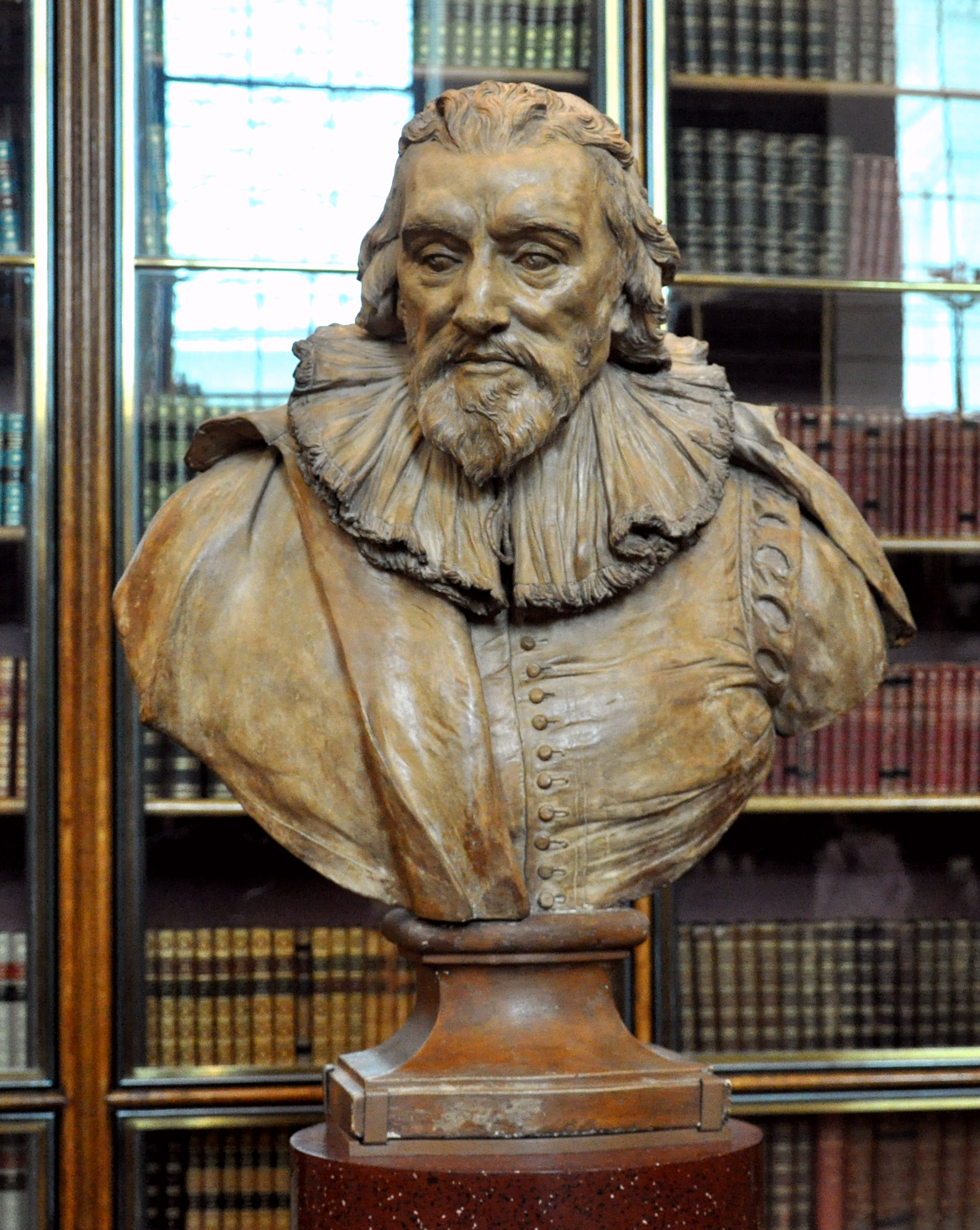|
Private Case
The Private Case is a collection of erotica and pornography held initially by the British Museum and then, from 1973, by the British Library. The collection began between 1836 and 1870 and grew from the receipt of books from legal deposit, from the acquisition of bequests and, in some cases, from requests made to the police following their seizures of obscene material. From its foundation in the eighteenth century, the British Museum acted as the national library of Britain. It was one six legal deposit libraries in automatic receipt of all works published in the UK; this included pornographic or salacious material, seditious publications, those subversive of religion and works that could later be deemed by the courts as libellous. From the nineteenth century, the subversive and libellous material was separated into the Suppressed Safe collection while the erotica and pornography were placed in a locked cupboard known as the Private Case. Access to the material was restricted, ... [...More Info...] [...Related Items...] OR: [Wikipedia] [Google] [Baidu] |
British Library
The British Library is the national library of the United Kingdom and is one of the largest libraries in the world. It is estimated to contain between 170 and 200 million items from many countries. As a legal deposit library, the British Library receives copies of all books produced in the United Kingdom and Ireland, including a significant proportion of overseas titles distributed in the UK. The Library is a non-departmental public body sponsored by the Department for Digital, Culture, Media and Sport. The British Library is a major research library, with items in many languages and in many formats, both print and digital: books, manuscripts, journals, newspapers, magazines, sound and music recordings, videos, play-scripts, patents, databases, maps, stamps, prints, drawings. The Library's collections include around 14 million books, along with substantial holdings of manuscripts and items dating as far back as 2000 BC. The library maintains a programme for content acquis ... [...More Info...] [...Related Items...] OR: [Wikipedia] [Google] [Baidu] |
King's Library
The King's Library was one of the most important collections of books and pamphlets of the Age of Enlightenment.British LibraryGeorge III Collection: the King's Libraryaccessed 26 May 2010 Assembled by George III, this scholarly library of over 65,000 volumes was subsequently given to the British nation by George IV. It was housed in a specially built gallery in the British Museum from 1827 to 1997 and now forms part of the British Library. The term "King's Library" was until recently also used to refer to the gallery in the British Museum built for the collection, which is now called the "Enlightenment Gallery" and displays a wide range of objects relating to the Enlightenment. Enlightenment Gallery: Room 1, accessed, 3 February 2012] History of the library [...More Info...] [...Related Items...] OR: [Wikipedia] [Google] [Baidu] |
Cambridge University Library
Cambridge University Library is the main research library of the University of Cambridge. It is the largest of the over 100 libraries within the university. The Library is a major scholarly resource for the members of the University of Cambridge and external researchers. It is often referred to within the university as the UL. Thirty three faculty and departmental libraries are associated with the University Library for the purpose of central governance and administration, forming "Cambridge University Libraries". Cambridge University Library is one of the six legal deposit libraries under UK law. The Library holds approximately 9 million items (including maps and sheet music) and, through legal deposit, purchase and donation it receives around 100,000 items every year. The University Library is unique among the legal deposit libraries in keeping a large proportion of its material on open access and in allowing some categories of reader to borrow from its collections. Its or ... [...More Info...] [...Related Items...] OR: [Wikipedia] [Google] [Baidu] |
Agency For The Legal Deposit Libraries
The Agency for the Legal Deposit Libraries (formerly known as the Copyright Libraries Agency) acts as on behalf of five of the legal deposit libraries defined in both the law of Ireland and the United Kingdom to obtain copies of material published and distributed in those countries. The current agency came into existence on 2 March 2009. It replaced a previous agency of the same name which was based at 100 Euston Street, London. In January 2019 it moved from 161 Causewayside to 21 Marnin Way, Edinburgh, EH12 9GD. The Agency acts on behalf of the Bodleian Library, the Cambridge University Library, the Library of Trinity College, Dublin, the National Library of Wales and the National Library of Scotland. These five libraries, designated as legal deposit libraries under the Legal Deposit Libraries Act 2003 and Copyright and Related Rights Act 2000, are entitled to request a free copy of any material published in either the United Kingdom or Ireland within twelve months of its publ ... [...More Info...] [...Related Items...] OR: [Wikipedia] [Google] [Baidu] |
British Institute Of Recorded Sound
The British Library Sound Archive, formerly the British Institute of Recorded Sound; also known as the National Sound Archive (NSA), in London, England is among the largest collections of recorded sound in the world, including music, spoken word and ambient recordings. It holds more than six million recordings, including over a million discs and 200,000 tapes. These include commercial record releases (chiefly from the UK), radio broadcasts (many from the BBC Sound Archive), and privately made recordings. History The history of the Sound Archive can be traced back to 1905, when it was first suggested that the British Museum should have a collection of audio recordings of poets and statesmen. The Gramophone Company started donating metal masters of audio recordings in 1906 (on the basis that records would wear out), with a number of donations being made up until 1933. These recordings included some by Nellie Melba, Adelina Patti, Caruso and Francesco Tamagno, and others of Lev T ... [...More Info...] [...Related Items...] OR: [Wikipedia] [Google] [Baidu] |
India Office Library And Records
The India Office Records are a very large collection of documents relating to the administration of India from 1600 to 1947, the period spanning Company and British rule in India. The archive is held in London by the British Library and is publicly accessible. It is complemented further by the India Papers collection at the National Library of Scotland in Edinburgh. The records come from four main sources: the English and later British East India Company (1600–1858), the Board of Control (1784–1858), the India Office (1858–1947), and the Burma Office (1937–48). The collection also includes records from many smaller related institutions. Overall, the collection is made up of approximately 175,000 items, including official publications and records, manuscripts, photographs, printed maps and private papers. These items take up approximately nine miles of shelving units. Historical background The historical scope of the records begins in 1600, when the East India Compan ... [...More Info...] [...Related Items...] OR: [Wikipedia] [Google] [Baidu] |
British National Bibliography
The British National Bibliography (BNB) was established at the British Museum in 1949 to publish a list of the books, journals and serials that are published in the United Kingdom and Republic of Ireland. It also includes information on forthcoming titles. This is the single most comprehensive listing of UK titles. UK and Irish publishers are obliged by legal deposit to send a copy of all new publications, including serial titles, to the BNB for listing. The BNB publishes the list weekly in electronic form: the last printed weekly list appeared in December 2011. The bibliography was first published in 1950, by the Council of the British National Bibliography under the editorship of A.J (Jack) Wells. Initial production was from a bomb-damaged building at 39 Russell Square. In 1964 a move was made to 7 Bedford Square together with office space in Ridgmount Street. In 1967 the office moved to 7/9 Rathbone Street. From 1974 BNB became part of and published by the Bibliographic Services ... [...More Info...] [...Related Items...] OR: [Wikipedia] [Google] [Baidu] |
National Central Library (England And Wales)
The National Central Library was a library at 14 Store Street, London W.C.1, in the 20th century. It was a tutorial system and a scholarly library for working people who were not connected to an academic institution. The founder of the library was Albert Mansbridge. The library was founded in 1916 as the Central Library for Students, and in 1966 moved from Malet Place to a new building in Store Street, near the British Museum Library. In 1971-73 the librarian and secretary to the trustees was Maurice Line. The library was incorporated by royal charter and maintained by annual grants from the Department of Education and Science, local authorities, university and special libraries, adult education bodies and public trusts. The library was the national centre for the inter-lending of books (other than fiction and students' textbooks) and periodicals to readers in all parts of the British Isles through the libraries to which they belonged. Inter-lending was also carried on to and f ... [...More Info...] [...Related Items...] OR: [Wikipedia] [Google] [Baidu] |
Robert Harley, 1st Earl Of Oxford And Earl Mortimer
Robert Harley, 1st Earl of Oxford and Earl Mortimer, KG PC FRS (5 December 1661 – 21 May 1724) was an English statesman and peer of the late Stuart and early Georgian periods. He began his career as a Whig, before defecting to a new Tory ministry. He was raised to the peerage of Great Britain as an earl in 1711. Between 1711 and 1714 he served as Lord High Treasurer, effectively Queen Anne's chief minister. He has been called a ''prime minister'', although it is generally accepted that the de facto first minister to be a prime minister was Robert Walpole in 1721. The central achievement of Harley's government was the negotiation of the Treaty of Utrecht with France in 1713, which brought an end to twelve years of English and Scottish involvement in the War of the Spanish Succession. In 1714 Harley fell from favour following the accession of the first monarch of the House of Hanover, George I, and was for a time imprisoned in the Tower of London by his political enemies. ... [...More Info...] [...Related Items...] OR: [Wikipedia] [Google] [Baidu] |
Harleian Library
The Harleian Library, Harley Collection, Harleian Collection and other variants ( la, Bibliotheca Harleiana) is one of the main "closed" collections (namely, historic collections to which new material is no longer added) of the British Library in London, formerly the library of the British Museum. The collection comprises 7,660 manuscripts, including 2,200 illuminated manuscripts, more than 14,000 original legal documents; and more than 500 rolls. It was assembled by Robert Harley (1661–1724) and his son Edward (1689–1741). In 1753, it was purchased for £10,000 by the British government. Together with the collections of Sir Robert Cotton (the Cotton library) and Hans Sloane (the Sloane library) it formed the basis of the British Museum's collection of manuscripts, which were transferred to the new British Library in 1973.British Library.History of the Harley Library. The collection contains illuminated manuscripts spanning the early Middle Ages to the Renaissance. There ... [...More Info...] [...Related Items...] OR: [Wikipedia] [Google] [Baidu] |
Sir Robert Cotton, 1st Baronet, Of Connington
Sir Robert Bruce Cotton, 1st Baronet (22 January 1570/71 – 6 May 1631) of Conington Hall in the parish of Conington in Huntingdonshire, England,Kyle, Chris & Sgroi was a Member of Parliament and an antiquarian who founded the Cotton library. Origins He was born on 22 January 1571 in Denton, Huntingdonshire, the son and heir of Thomas Cotton (1544–1592) of Conington (son of Thomas Cotton of Conington Sheriff of Huntingdonshire in 1547) by his first wife Elizabeth Shirley, a daughter of Francis Shirley of Staunton Harold in Leicestershire. The Cotton family originated at the manor of Cotton, Cheshire, from which they took their surname. Education Cotton was educated at Westminster School where he was a pupil of the antiquarian William Camden, under whose influence he began to study antiquarian topics. He began collecting rare manuscripts as well as collecting notes on the history of Huntingdonshire when he was seventeen. He proceeded to Jesus College, Cambridge, where he ... [...More Info...] [...Related Items...] OR: [Wikipedia] [Google] [Baidu] |
Antiquarian
An antiquarian or antiquary () is an fan (person), aficionado or student of antiquities or things of the past. More specifically, the term is used for those who study history with particular attention to ancient artifact (archaeology), artifacts, History of archaeology, archaeological and historic Archaeological site, sites, or historic archives and manuscripts. The essence of antiquarianism is a focus on the empirical evidence of the past, and is perhaps best encapsulated in the motto adopted by the 18th-century antiquary Sir Richard Hoare, 2nd Baronet, Sir Richard Colt Hoare, "We speak from facts, not theory." The ''Oxford English Dictionary'' first cites "archaeologist" from 1824; this soon took over as the usual term for one major branch of antiquarian activity. "Archaeology", from 1607 onwards, initially meant what is now seen as "ancient history" generally, with the narrower modern sense first seen in 1837. Today the term "antiquarian" is often used in a pejorative sense ... [...More Info...] [...Related Items...] OR: [Wikipedia] [Google] [Baidu] |






.jpg)



